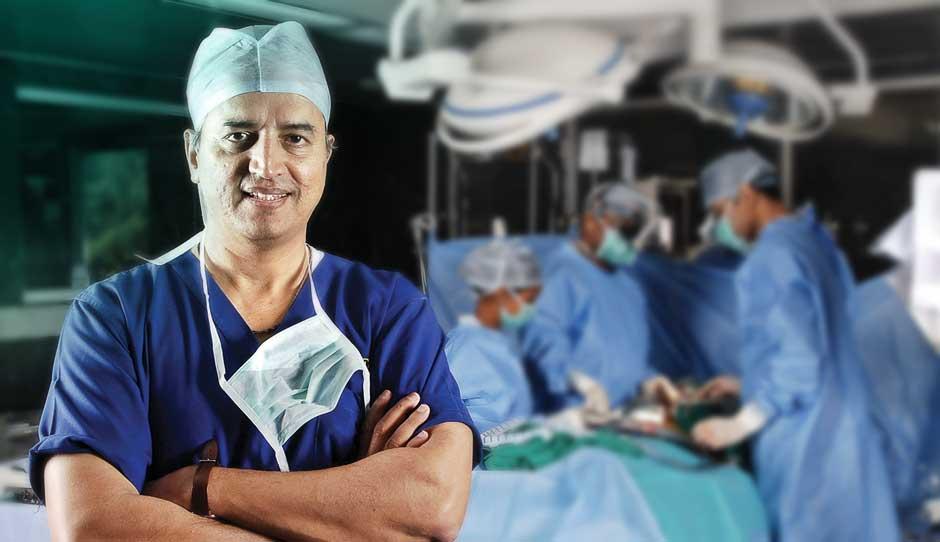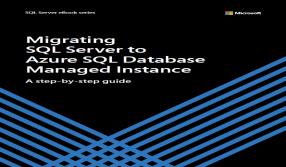How Dr. Devi Shetty is Growing a Hearty Business
- BY Nikita Saxena
 In Operations
In Operations 14670
14670 0
0

Dr. Devi Shetty is a celebrated heart surgeon but his genius extends way beyond the surgical scalpel. In 2001, he started Narayana Hrudayalaya, a 1,000-bed hospital in Bangalore, bringing down the cost of heart surgery from Rs1,25,000 to Rs65,000. Today, that beginning has grown into a 14-hospital chain across 11 cities in the country.
I am confident that India will become the first country in the world to dissociate health care from affluence.”
I did my basic training in cardiac surgery at the West Midlands Cardiothoracic Rotation Programme in UK, and began working at the Guy’s Hospital, London. After working there for six years, I came back to India in 1989 to help set up a 140-bed cardiac research institute at the BM Birla Hospital in Kolkata.
This is almost a tradition in my family—to go abroad for studies but to come back and work in India. I too never had plans to settle down in UK. Mr Birla helped speed up the coming back when he offered me the opportunity to start the research programme at the Birla Hospital he had built in Kolkata.
This stint became my real training ground, and taught me the biggest lesson in the health care industry. Here, I used to see about 100 patients a day. On most days, not even one of those patients could afford a cardiac operation. Heart surgery cost about Rs1,25,000 then. I realised that till medical practitioners don’t reduce the cost of surgery and make it more affordable, it’s not possible to make a difference. We live in a country where the government spends 1 per cent of the GDP on health care. And almost 47 per cent of the rural population and 37 per cent of the urban population of India either borrow money or sell assets to pay their medical bills. Hence, India’s health problem is not really a medical problem, it is an economic problem.
Narayana Hrudayalaya was conceived to deliver just that. Today, after 22 years since working at the Birla Hospital, we have brought down the cost of a cardiac procedure to Rs65,000 at the Narayana Hrudayalaya. Some people think of it as a business, others think of it as a social commitment. Both are okay by me. What’s really important is that we don’t believe in charity. That is not scalable. If you want to do something for free, you can do it up to a certain scale. Soon, you will have to stop. Profit to me means that you are running your enterprise in an efficient manner. Like health parameters show whether you are healthy or not, a company’s balance sheet shows the financial health of the organisation. A balance sheet should point you to the right vital stats on both the left side, and the right side—costs you have reduced, how many poor people you have helped, how many bills you have written off. When you tally up the left and the right side, and still remain profitable, that’s the ideal situation. It’s what we constantly work towards.
 "I knew technology would be the key to running our hospitals efficiently."
"I knew technology would be the key to running our hospitals efficiently." I knew technology would be the key to running our hospitals efficiently. We work with a wafer-thin margin, and strive hard to keep our nose above water. Technology helps us achieve that. For instance, we have 14 hospitals across 11 cities, and everyday at noon we get an SMS with the profit and loss account of all our hospitals. A profit and loss account is an indicator of efficiency. Along with this metric, we also get results on each hospital’s mortality and morbidity.
Plus, we have set up a system wherein all staff members have the ability to register the smallest complaints through their phone. All they need to do is use a pre-fed speed dial on the phone, and highlight any issue they want to—like a stinking toilet in the hospital. Everything fed into that speed dial gets registered, and is reported back to us. The administration team then looks into the problem to fix it. At the end of each week, every department gets a note with the complaints that fall under its scope of work. They are also given deadlines for corrective action.
This monitoring is key. If you want to improve, you first have to measure the parameters and then set new targets. If you don’t measure, you can’t get better. By looking at the profit and loss account on a daily basis, you can take remedial measures. Looking at it at the end of the month is like preparing a post-mortem report. Getting the report daily is information for you to take the right step.
Another key learning for me has been that most people just don’t know how to think big. India with its 1.2 billion-plus people requires 2.5 million heart surgeries a year. Right now, as a country, we only manage 90,000 every year. So, we can’t be happy with a solution or business plan for a 50-100 bed hospital. That is not going to make a difference. Making people believe that it is possible to build something big was a huge challenge for me.
In 1997, when I started the Manipal Heart Foundation at Manipal Hospital in Karnataka (at the behest of my family because we have roots there) I told my colleagues that it is possible for each one of us to do 10 surgeries in a day. Most of them laughed at me, and said they didn’t do that many surgeries even in a month. It was tough persuading my colleagues and the hospital administration that this can actually be done. But, I stayed focused on the task and within two years of starting out, each of our surgeons was performing 12-15 procedures a day.
Soon after, I raised that target to 50 surgeries a day. This time, people believed me. They said, “Yes, that’s possible.” Now, our target is to create 30,000 beds and we want to do it in the next five years. I don’t understand why we ape western models in India, and build marble-floored, air-conditioned hospitals. Even government hospitals are becoming like that. It’s unfair to push that cost to patients. Our low-cost models will require Rs15-18 crore against the standard `70-80 crore to set up a hospital.
If you want to transform the way health care is delivered in this world, you have to make Americans change the way they deliver health care.
We have slowly shown the world at large that increasing the capacity of hospitals and the amount of work done in a day reduces the amount that people have to pay. In fact, I am confident that India will become the first country in the world to dissociate health care from affluence. We are moving to a very interesting scenario in the country, where even those who might continue to live in slums 10 years down the line, would have access to high-tech health care when they are sick.
Most recently, I have learnt another critical lesson about the health care business—if you want to transform the way health care is delivered in this world, you have to make Americans change the way they deliver health care. America sets global standards. As Indian doctors working in India, we can’t bring about that change in America. But, the Cayman Islands, an independent country, just off the United States, is a great beta-site for medical innovations that can attract American attention.
Fortunately, we have got an opportunity to work there. We are building a $2-billion health city with the government there. I am very excited about our first international project. The response has been very exciting—we have already received close to 1,000 applications from American doctors who want to work there. Plus, the Cayman Islands recognise Indian medical degrees, and our nurses and doctors can go work there. This project give us the chance to demonstrate to the world the work we’ve done in India—to demonstrate how to bring down health care costs while improving health care delivery.





























Add new comment